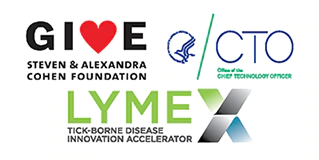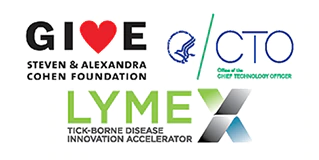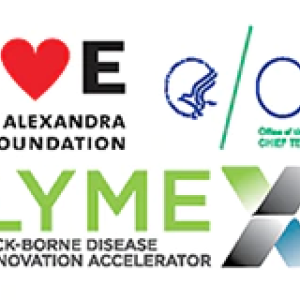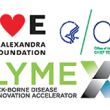U.S. health officials launch $25 million effort to fight tick-borne diseases
WASHINGTON, D.C.— The U.S. Department of Health and Human Services is launching LymeX, a new $25 million effort to fight tick-borne diseases.
LymeX is the largest public-private partnership to combat Lyme disease in history and will provide awards to improve data about tick-borne diseases; raise awareness; and accelerate the discovery of diagnostic tools, testing, and implementation, according to a news release.
LymeX is being led by DHHS and the Steven & Alexandra Cohen Foundation, and will be housed within the DHHS Office of the Assistant Secretary for Health, the coordinating agency developing the National Strategy to fight tick-borne diseases.
LymeX augments the Tick Act law and reinforces the federal focus on this priority.
Specifically, LymeX will advance tick-borne disease innovation by incentivizing the development of next-generation diagnostics through a series of multi-million-dollar grand prize challenges.
The first LymeX diagnostics prize will launch in 2021.
These prizes will be open to U.S. universities, non-profit organizations, private-sector companies, and domestic organizations to improve diagnostics at all stages of Lyme disease.
The initiative will also engage stakeholders to facilitate patient-centered innovations to address tick-borne diseases and increase education to raise awareness about risk and prevention.
The incidence of Lyme and other tick-borne diseases has exploded over the past 15 years. In 2003, Lyme disease infected around 30,000 Americans. The latest estimates show there are nearly half a million Americans suffering from Lyme.
In Maine, there were a record 2,167 newly reported cases of Lyme disease last year, nearly triple the number of cases in 2010. Other tick-borne diseases are also on the rise — in Maine, for example, Anaplasmosis and Babesiosis have increased several-fold in this same period, according to a news release.
LymeX will complement the three-pronged approach created by the Tick Act law, which:
1. Requires HHS to develop a National Strategy. This will help expand research, improve testing and treatment, and coordinate common efforts across federal agencies including with DOD, USDA, EPA, the VA, and the Departments of Interior and Homeland Security
2. Reauthorizes Regional Centers of Excellence in Vector-Borne Disease for five years at $10 million per year. These Centers have led the scientific response against tick-borne diseases, which now make up 75 percent of vector-borne diseases in the U.S.
3. Authorizes CDC Grants at $20 million per year for State Health Departments to improve data collection and analysis, support early detection and diagnosis, improve treatment, and raise awareness. These awards will help states build a public health infrastructure for Lyme and other tick and vector-borne diseases and amplify their initiatives through public-private partnerships.
Event Date
Address
United States





























